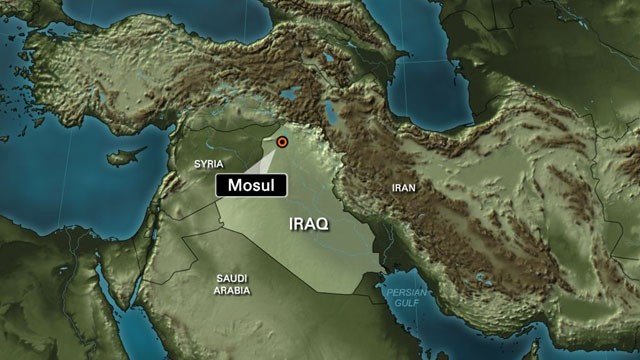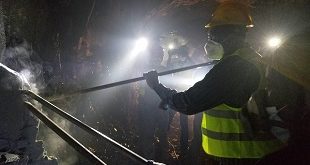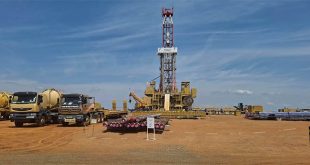
Baghdad, Iraq | AFP |
Iraq launched a broad offensive to retake Mosul from the Islamic State group a week ago. Here is what we know so far about the country’s biggest military operation in years:
What have Iraqi forces retaken?
Federal forces operating out of the main staging base of Qayyarah have taken dozens of small villages south of Mosul and are working their way up the Tigris Valley.
After an initial push by the Kurdish peshmerga, federal army and elite counter-terrorism forces have taken over the eastern front, where they have retaken swathes of the Nineveh plain.
They wrested back control of Bartalla, a Christian town only about 15 kilometres (10 miles) east of Mosul, and are fighting to take full control of Qaraqosh, formerly the largest Christian town in Iraq.
On the northeastern front, a large deployment of peshmerga have taken several villages from IS and are closing in on Bashiqa.
The US-led coalition says it has carried out 32 air strikes on the area in a week, delivering more than 1,700 munitions that destroyed 136 IS fighting positions, 18 tunnels and 26 car bombs.
How are Iraqi forces performing?
Neither the federal government nor the autonomous Kurdish region release any figures for their dead and wounded, but both sides are taking casualties.
However, Baghdad, the Kurds and the US-led coalition supporting them with air strikes and advisers on the ground have said early gains exceeded expectations.
Kurdish leader Massud Barzani has hailed what he describes as excellent coordination with the forces from Baghdad, despite a running political and budgetary feud.
The push for Mosul, IS’s last major stronghold in Iraq, has been delayed on many occasions and all sides have had ample time to learn from previous operations and fine-tune their battle plans.
How are the jihadists responding?
While an increasingly pragmatic IS has been more inclined than previously to fall back when under recent attack, it has mounted a spirited defence of Mosul so far.
The group has unleashed dozens of suicide car bombs against Iraqi forces, apparently trading land it controlled around Mosul for casualties among its enemies’ ranks.
IS has lit fires in and around Mosul to obfuscate the battlefield for the aerial and satellite assets of its enemies, but that tactic is having a limited impact, analysts say.
The jihadists have also hit back by attacking Iraqi forces elsewhere, notably with a spectacular attack on the Kurdish-controlled city of Kirkuk and another on the western outpost of Rutba.
Those two operations seemed less of an attempt at making territorial gains than a bid to stretch Iraq’s security forces and draw attention away from their losses in the Mosul theatre.
Medics at hospitals inside Mosul have told AFP that the number of wounded IS fighters brought in from the front lines has soared over the past week.
How are civilians affected?
Civilians are already paying a heavy price for the offensive, with tough living conditions inside Mosul deteriorating sharply and increasingly paranoid jihadists stepping up repression and intimidation.
The widespread use of smoke — IS has set fire to tyres across the city, oil wells and trenches around it — has led to an increase in the number of people checking in to hospitals with respiratory ailments.
More than 7,500 people have already fled the fighting and the jihadists who ruled them for two years, but Iraqi forces are still advancing in sparsely populated areas.
That figure could grow exponentially as soon as forces reach the boundaries of the city proper and attempts are to open safe corridors for the more than a million people still believed trapped in the city.
 The Independent Uganda: You get the Truth we Pay the Price
The Independent Uganda: You get the Truth we Pay the Price


